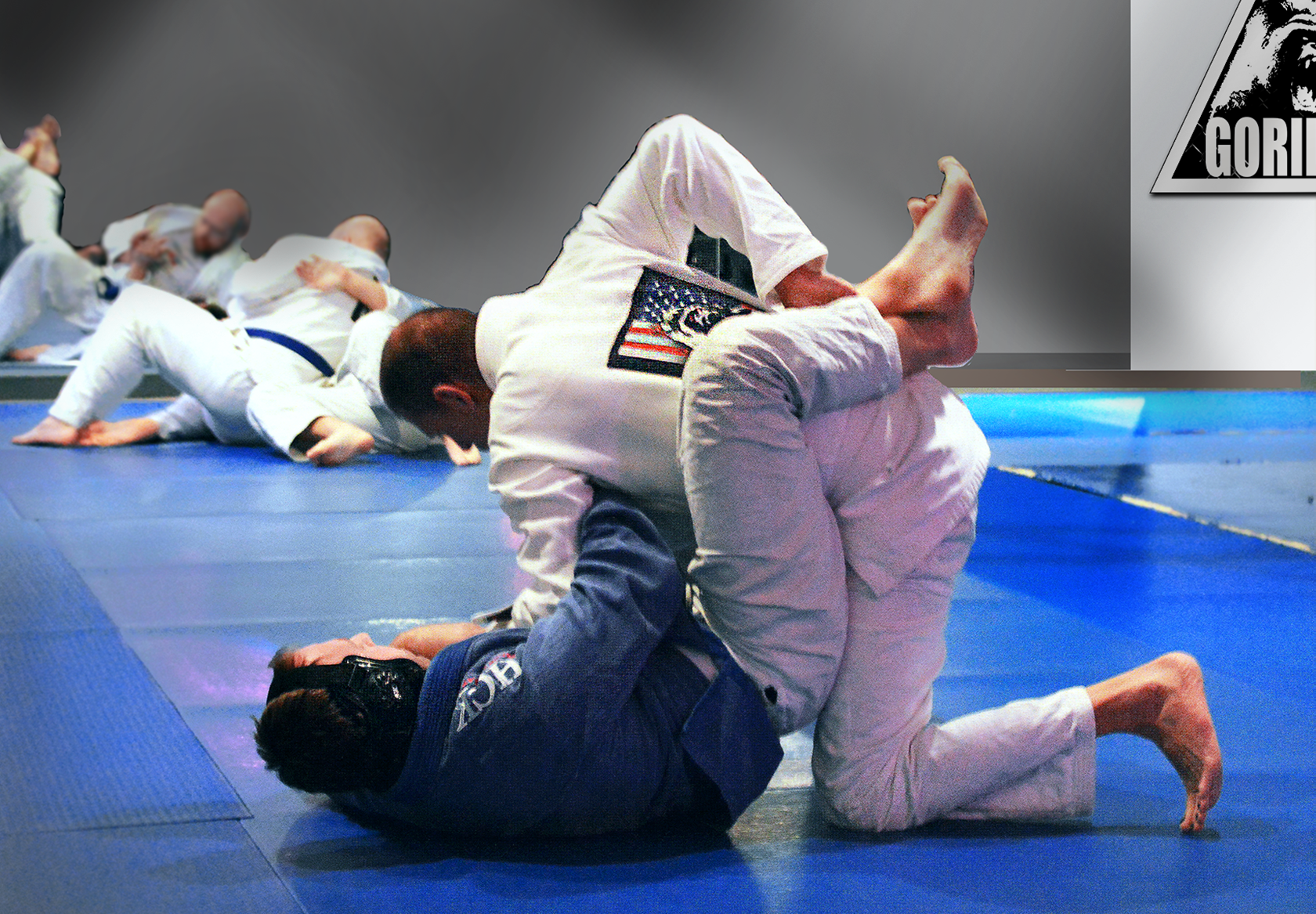Ju Jitsu fighting is more than just a martial art; it's a way of life that empowers individuals both physically and mentally. Developed centuries ago in Japan, this combat sport has evolved into a global phenomenon, attracting enthusiasts from all walks of life. With its intricate techniques and strategic approaches, ju jitsu fighting teaches practitioners to leverage their opponent's energy against them, making it an ideal choice for self-defense and competition alike.
The historical roots of ju jitsu can be traced back to the samurai, who utilized its principles to subdue adversaries without the need for weaponry. Today, this ancient discipline continues to captivate audiences with its dynamic movements and emphasis on grappling, striking, and submission techniques. As practitioners immerse themselves in ju jitsu fighting, they not only hone their skills but also cultivate discipline, focus, and resilience, qualities that extend beyond the mat.
More than just a physical endeavor, ju jitsu fighting fosters a sense of community among practitioners. Gyms and academies around the world serve as gathering places for individuals to share their passion, learn from one another, and forge lifelong friendships. As we delve deeper into the world of ju jitsu fighting, we will explore its history, techniques, benefits, and the inspiring stories of those who have dedicated their lives to mastering this captivating martial art.
What is the History of Ju Jitsu Fighting?
The origins of ju jitsu fighting date back to the 16th century in Japan, where it emerged as a battlefield technique for the samurai. Unlike traditional martial arts that focused on striking, ju jitsu emphasized grappling and submission techniques, allowing warriors to overcome armed opponents using their strength and leverage. Over time, the art evolved, with various schools and styles developing, each contributing unique techniques and philosophies.
How Has Ju Jitsu Fighting Evolved Over Time?
As ju jitsu spread beyond Japan, it began to incorporate influences from other martial arts, leading to the development of Brazilian Jiu-Jitsu (BJJ) in the 20th century. BJJ took the foundational principles of ju jitsu and adapted them for competition and self-defense, focusing on ground fighting and submission holds. This evolution has made ju jitsu fighting accessible to a wider audience, with numerous practitioners now training in various styles around the globe.
Who are the Key Figures in Ju Jitsu Fighting?
Several influential figures have played pivotal roles in the development and popularization of ju jitsu fighting. Among them are:
- Mitsuyo Maeda - A Japanese judoka who helped introduce ju jitsu to Brazil.
- Helio Gracie - A key figure in the development of Brazilian Jiu-Jitsu.
- Rickson Gracie - A renowned BJJ practitioner and instructor known for his contributions to the sport.
What are the Core Techniques of Ju Jitsu Fighting?
Ju jitsu fighting encompasses a range of techniques that can be categorized into striking, grappling, and submission. Some core techniques include:
- Throws: Techniques that involve off-balancing an opponent to take them to the ground.
- Joint Locks: Techniques that manipulate joints to gain control or force submission.
- Chokes: Techniques that restrict airflow or blood flow to force an opponent to tap out.
- Ground Control: Techniques that maintain dominance over an opponent while on the ground.
What Are the Benefits of Practicing Ju Jitsu Fighting?
Engaging in ju jitsu fighting offers a multitude of benefits, including:
- Enhanced physical fitness and flexibility.
- Improved mental focus and discipline.
- Increased self-confidence and self-defense skills.
- Opportunities for social interaction and camaraderie.
How Can One Get Started in Ju Jitsu Fighting?
Getting started in ju jitsu fighting is relatively easy, with many gyms and academies offering introductory classes for beginners. Here are some steps to consider:
- Research local gyms or academies that specialize in ju jitsu.
- Attend a trial class or seminar to get a feel for the environment and instructors.
- Invest in the appropriate gear, such as a gi (uniform) and protective equipment.
- Commit to consistent training and practice to develop skills progressively.
What is the Community Like in Ju Jitsu Fighting?
The ju jitsu fighting community is known for its inclusivity and support. Practitioners of all ages, backgrounds, and skill levels come together to learn and grow in a positive environment. Many academies host competitions, seminars, and social events that foster camaraderie and friendship. This sense of community creates lasting bonds among practitioners, making ju jitsu not just a martial art but a lifestyle.
Who Can Benefit from Ju Jitsu Fighting?
Ju jitsu fighting is suitable for individuals of all ages and fitness levels. Whether you're looking to improve your physical condition, learn self-defense, or compete in tournaments, ju jitsu offers something for everyone. Children can develop discipline and confidence, while adults can find a challenging workout and a supportive community. Moreover, those seeking mental clarity and stress relief can benefit from the mindfulness that comes with training.
Conclusion: Is Ju Jitsu Fighting Right for You?
In conclusion, ju jitsu fighting is a multifaceted martial art that offers numerous benefits for practitioners. Its rich history, diverse techniques, and supportive community make it an appealing choice for anyone looking to enhance their physical and mental well-being. If you're curious about ju jitsu fighting, consider stepping onto the mat and embarking on a journey that can transform your life in ways you never imagined.




